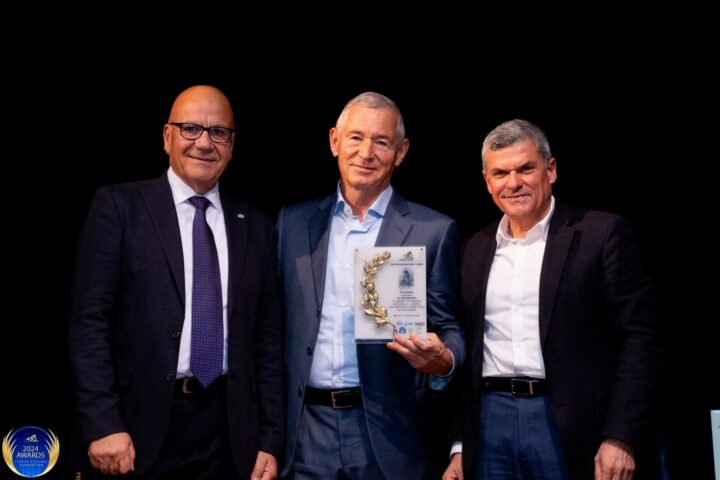Blood loss kills faster than almost any other injury. For decades, trauma teams worldwide followed the ABC method—securing a patient’s airway first, then breathing, then circulation. But when Dr. Paula Ferrada saw hemorrhaging patients dying during intubation delays, she asked a radical question, “What if we reversed the order?“
Her answer—prioritizing bleeding control over airway procedures—has completely changed the stance of emergency medicine playbooks and saved countless lives.
Challenging Centuries-Old Medical Dogma
Ferrada’s research highlighted a concern that was shared by many in traditional trauma care. Patients bleeding out often deteriorated during the minutes doctors spent intubating them. “Those seconds can be the difference between life and death,” she stated in a 2023 study.
Leading a 12-surgeon team across 10 institutions, she analyzed outcomes for hundreds of patients. The results were undeniable–delaying intubation to focus on blood circulation reduced 24-hour mortality by 91% and 30-day mortality by 89%. One trauma center even reported a 25% lower death rate after adopting her methods.
Skeptics initially dismissed her findings, citing the entrenched ABC protocol that researchers developed in the 1960s. But Ferrada’s data proved undeniable. Her work revealed that hemorrhaging patients experienced catastrophic blood pressure drops during airway procedures, which accelerated circulatory collapse. Flipping the sequence to CAB (circulation-airway-breathing), teams could then stabilize patients faster.
“It was radical at the time, but now it all seems so obvious. We’re teaching responders to see bleeding as the immediate threat, not just the airway,” she explained.
From Colombian Roots to Global Impact
Many credit Ferrada’s unstoppable drive and resourcefulness to her upbringing in Cali, Colombia, where her father—also a trauma surgeon—often treated victims of urban violence.
“I grew up watching him save lives with limited resources,” she recalled. After becoming the first Colombian woman to complete a surgical residency at Harvard, she confronted systemic barriers in a male-dominated field. “People told me women couldn’t be effective surgeons, lead trauma divisions, and fulfill the roles of mother and wife, I made it my mission to prove them wrong, and to help other women achieve their goals too”
Her influence now reaches across continents. As president of the Panamerican Trauma Society, she’s trained first responders in over 10 Latin American countries on hemorrhage control techniques. In war-torn regions and rural clinics, her ultrasound courses help medics identify internal bleeding without the luxury of advanced imaging.
“A $5,000 machine can’t save lives if no one knows how to use it,” she said. Under her leadership, Inova Health’s trauma system reduced mortality rates by standardizing CAB protocols across 12 hospitals. As icing on the cake, the doctor’s colleagues credit her mentorship programs for tripling female representation in surgical leadership roles–something evident in her newfound position as chair of surgery, something no previous Colombian woman has achieved within the U.S.
“Surgery Needs More Outsiders”
Ferrada’s success has not softened her criticism of medicine’s status quo. “People who’d never worked in a conflict zone or a cash-strapped clinic designed trauma care,” she argued in a 2024 podcast. She pushes teams to embrace “uncomfortable creativity,” like repurposing combat tourniquets for civilian emergencies in dire circumstances.
Even beyond the operating room, Dr. Ferrada’s work does not stop. When some organizations resisted protocol updates, she co-published a landmark trial forcing the issue. Today, 55% of U.S. trauma centers use CAB methods—a figure she vows to raise to 90%, no matter the cost.
“Medicine can only progress when we listen to those who’ve seen death up close,” she insists. “I didn’t come here to fit in. I wanted to find an environment where I belonged, and challenging dogma is the responsibility of surgeon scientists and leaders.”
Ferrada’s legacy is one of prioritizing action over tradition. In this way, she’s shown that the best way to honor the past is to improve upon it—saving one bleeding patient at a time.








